Plants & Mammals
27 Nov 2020
We have started our new science unit this week: living things and their habitats.
We began by focusing on plants, and particularly the reproduction of plants. We learnt that plants have male, the anther and the filament, and female, the stigma, style and ovary, reproductive organs. The children researched what these different parts do and labelled diagrams of them.
We looked at pollination and the two different ways that this can happen: the wind blowing pollen from the anther to the stigma or insects carrying it across. We looked at different types of plants and identified whether they would be pollinated by wind or by insects based on their different features. We learnt that those pollinated by insects were much brighter in colour and generally had a much stronger scent to attract the insects.
Plants can do something very clever: they are able to pollinate themselves and so fertilise themselves. Pollen from their own anther can transfer to their stigma and so they produce new seeds. In this case, the new plants are identical to their parent plant.
The children worked hard on their research, and were really interested in what they found out.
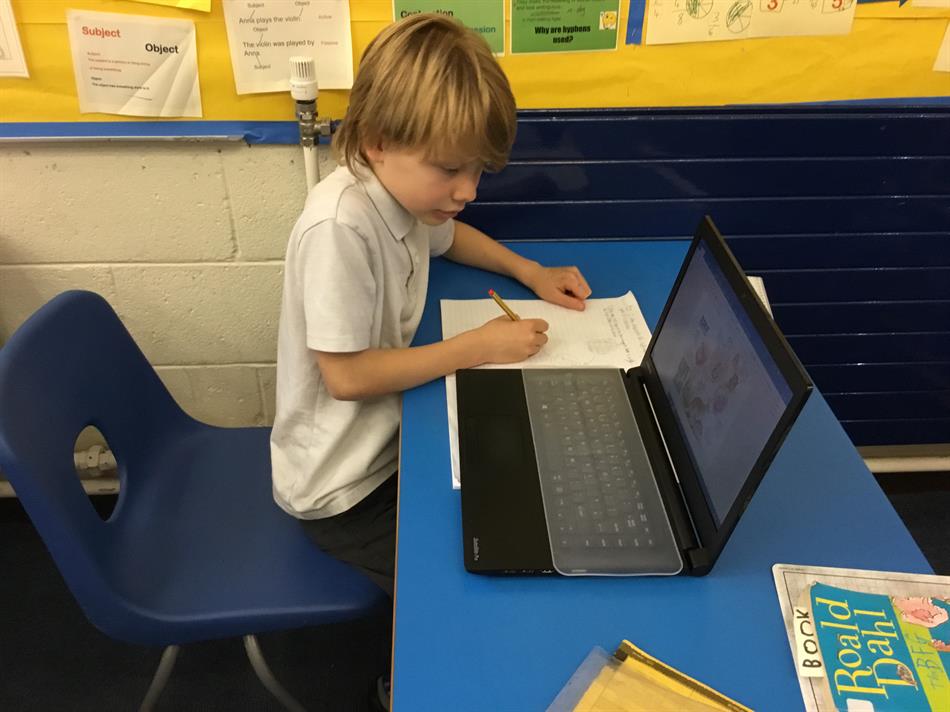
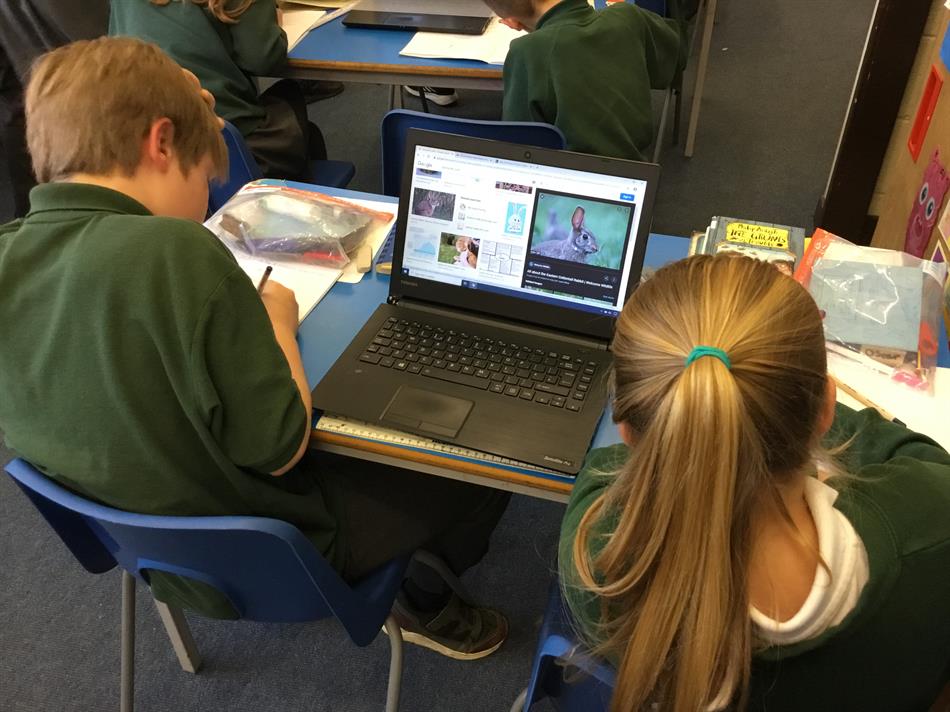
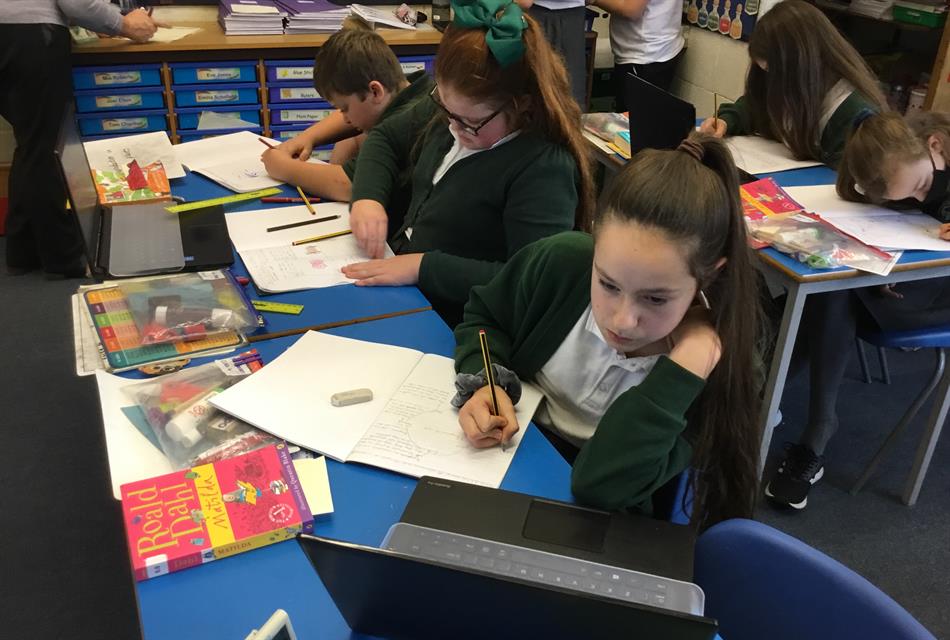
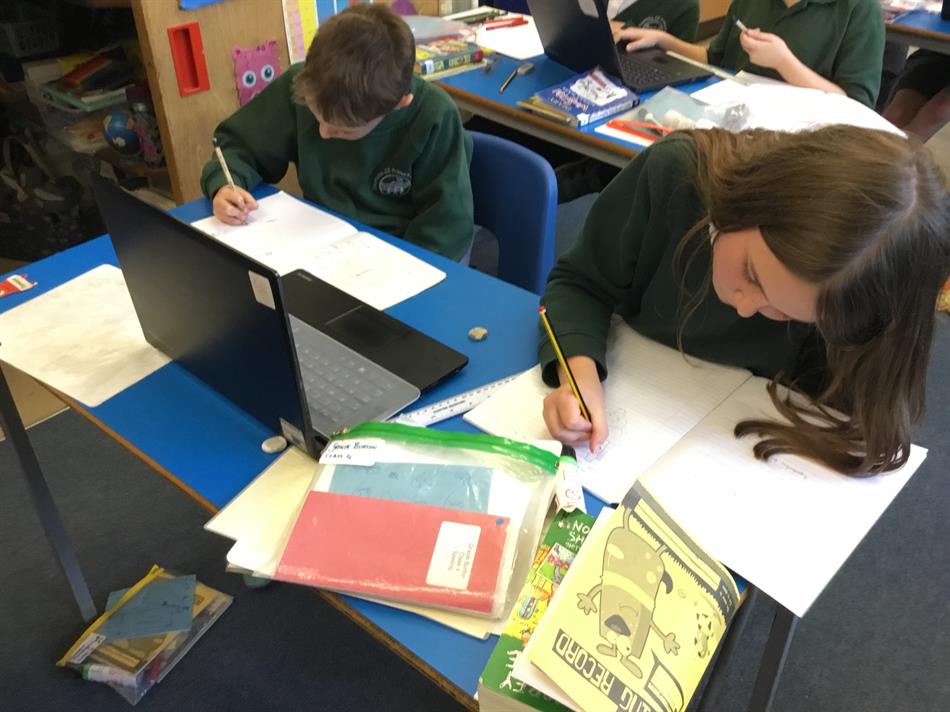
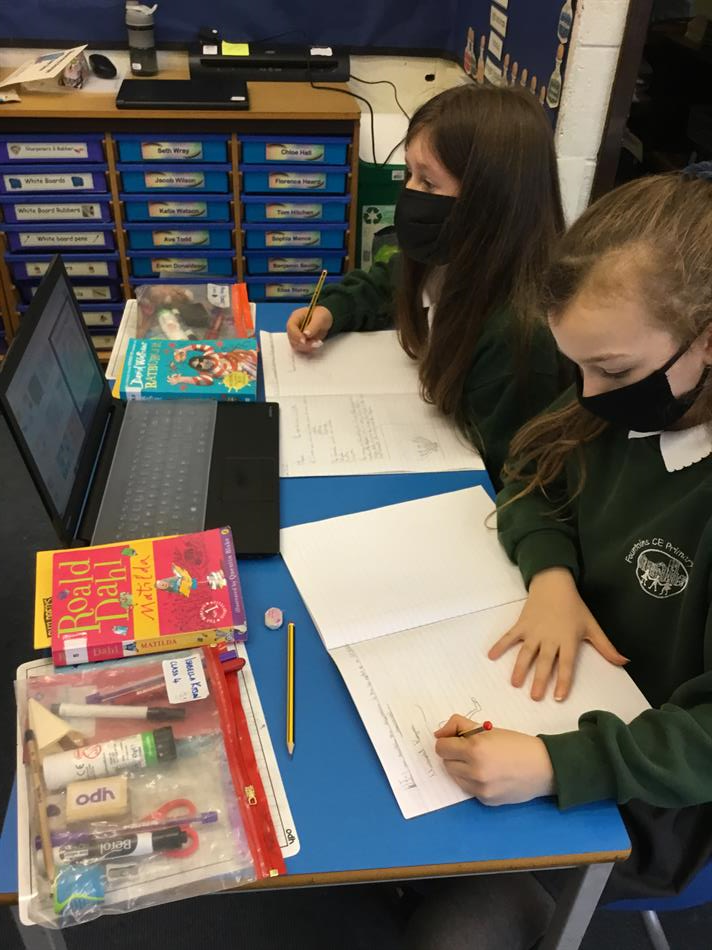 Later in the week, we focused on the life cycles on mammals. We discovered the criteria that makes a mammal a mammal is that they are warm blooded and that they make milk to feed their young. We learnt about the three types of mammal: the placentals that grow their young inside the female's body and are born fully developed; the monotremes whose young hatch from eggs; and the marsupials whose young are born incompletely developed and then live in a pouch on the female until fully developed.
Later in the week, we focused on the life cycles on mammals. We discovered the criteria that makes a mammal a mammal is that they are warm blooded and that they make milk to feed their young. We learnt about the three types of mammal: the placentals that grow their young inside the female's body and are born fully developed; the monotremes whose young hatch from eggs; and the marsupials whose young are born incompletely developed and then live in a pouch on the female until fully developed.
We looked at an example of each: a rabbit, a platypus and a kangaroo. The children then researched each one to create a life cycle for the one they chose.
Here are some examples of the children's work: